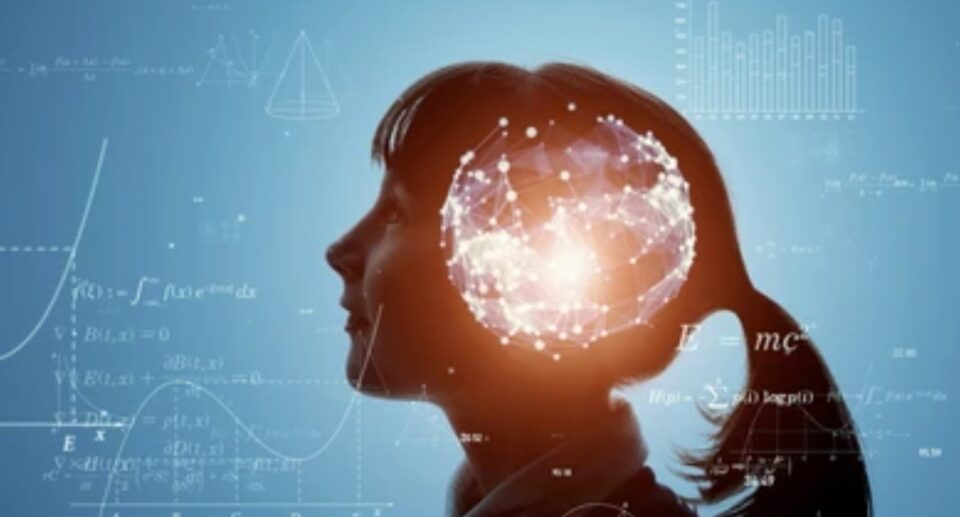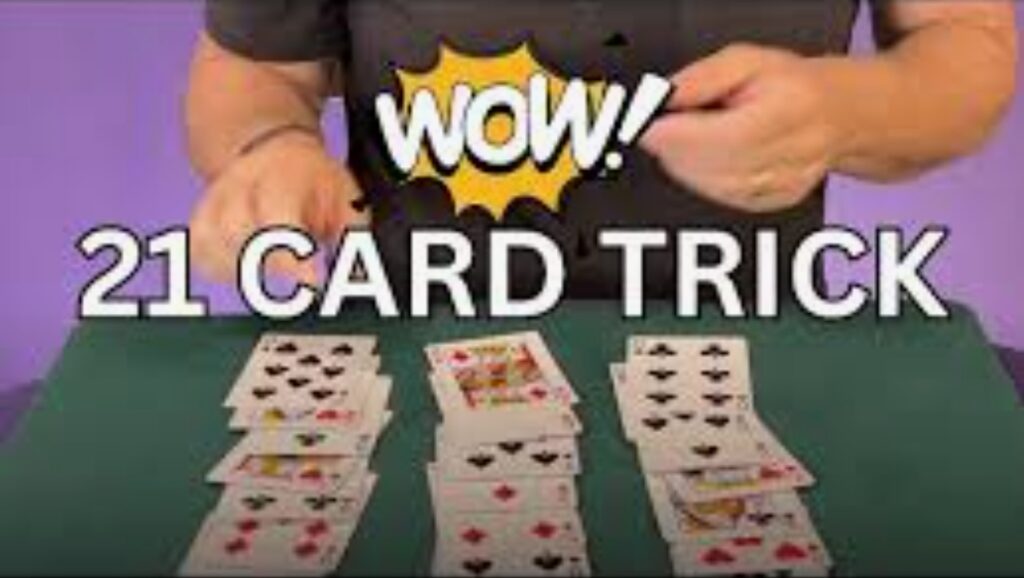How Secret Math Magically Reads Your Mind

Have you ever watched a magician seemingly read someone’s mind and wondered how it’s possible? While it feels like pure magic, many of these astonishing tricks are actually based on clever use of mathematics. From number patterns to probability, magicians rely on hidden math principles to create illusions that feel like supernatural mind reading. Let’s uncover the secret math behind these amazing tricks.
The Role of Numbers in Magic
Numbers are the backbone of many classic magic tricks. Magicians use mathematical formulas, predictable sequences, and modular arithmetic to design tricks that always end in a surprising result. What looks random to the audience is actually carefully structured math working in the background.
For example, when a magician asks you to think of a number, multiply it, add a constant, and then reveal the final result, the operations are designed so the magician can always trace back your original choice. This is math disguised as mystery.
Mathematical Forcing
One of the most powerful tools in “mind reading” is something magicians call forcing. Mathematical forcing is when the performer secretly limits your options while making you believe you had complete freedom of choice.
Mathematics is not about numbers, equations, computations, or algorithms: it is about understanding.
A simple example is the “21 Card Trick,” where math ensures your chosen card always lands in a predictable position, no matter which pile you pick. The magician isn’t reading your mind; they’re just using arithmetic to guide the outcome.

Probability and Predictions
Magicians also use probability to make mind reading tricks look impossible. If you ask an audience member to choose a “random” number or card, the truth is most people pick common choices like 7 or the Ace of Spades. Magicians leverage these psychological and mathematical probabilities to make eerily accurate predictions.
When combined with clever wording and showmanship, the probability feels like genuine telepathy.
The Binary Code of Magic
Another fascinating aspect is the use of binary systems. Some mentalism tricks involve yes/no questions or dividing choices into halves repeatedly. This mirrors how computers process information—through binary logic. By systematically narrowing down the possibilities, magicians can “guess” your card, word, or number with near-perfect accuracy.
Magic Squares and Hidden Grids
Magic squares are mathematical grids where the sums of rows, columns, and diagonals always match. Magicians use them to create incredible mind-reading feats. For example, you might give the magician any four numbers, and within seconds, they reveal a completed magic square with perfect totals.
It feels like impossible calculation speed, but in reality, the magician is using a pre-set mathematical system that ensures balance every time.
Why Math Feels Like Magic
The beauty of math-based tricks is that the audience never suspects the real method. People are quick to believe in supernatural powers but slow to imagine arithmetic as the secret. The magician layers storytelling, psychology, and performance on top of these formulas, creating an unforgettable illusion of mind reading.
In other words, the trick lies not only in the math but also in how it’s hidden in plain sight.
Final Thoughts
Mind reading in magic is rarely about psychic abilities—it’s about clever math, probability, and psychological misdirection. The next time you see a magician reveal a thought you believed was private, remember that the real wizardry may be happening on the chalkboard of mathematics.
Math and magic share one thing in common: both can inspire awe when you don’t know the secret. And now, you do.









